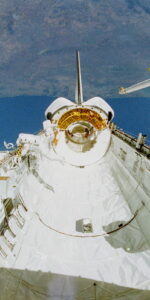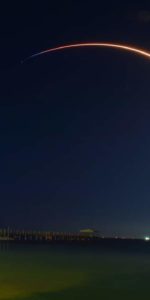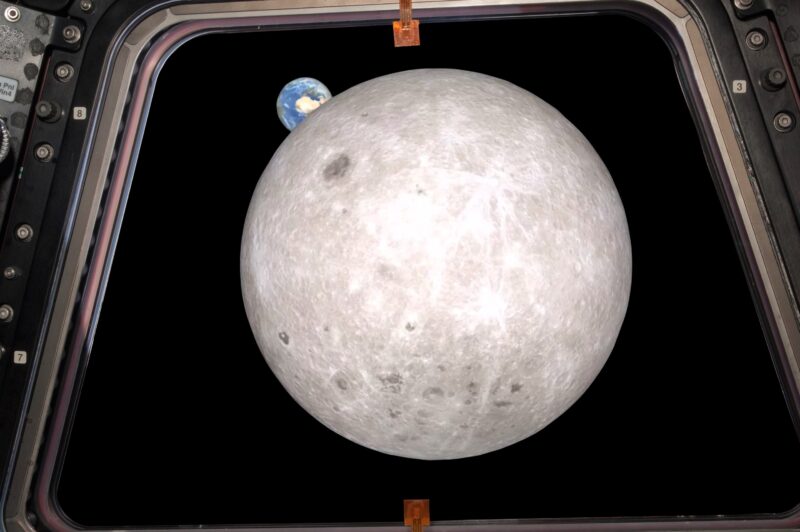
For five decades, planetary scientists have awaited humanity’s return to our nearest planetary neighbor. Artemis 2, the first crewed flight of the Artemis program, will be a vital turning point for lunar research. If the mission can accomplish worthwhile science, it will establish a precedent for incorporating research into subsequent lunar landings. Planetary scientists Noah Petro and Kelsey Young are spearheading the effort to turn this goal into a reality. Both individuals are experienced leaders: Petro is the Project Scientist for Artemis 3, while Young is the Human Exploration Chair of the Lunar Exploration Analysis Group. During a recent public presentation [1], they divulged the Artemis 2 science plan for the first time. In this article, we detail how the Artemis 2 astronauts will contribute to our collective knowledge of the Moon.
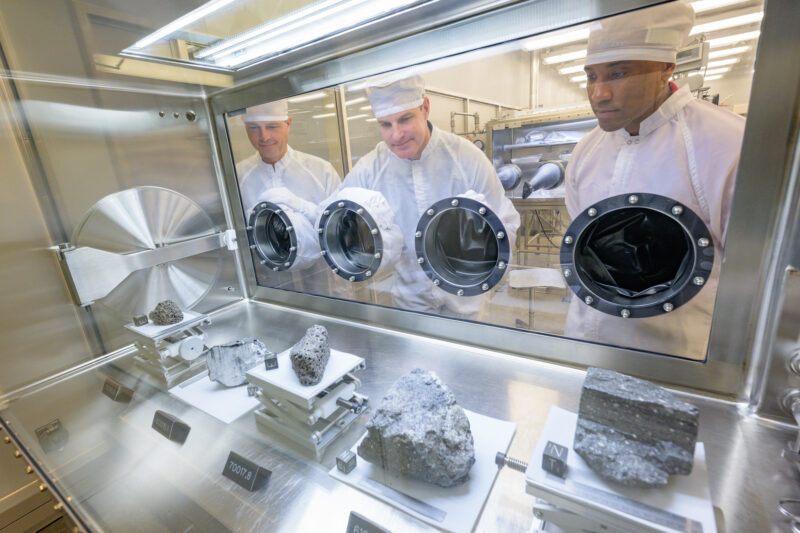
The famous author Andrew Chaiken once stated that exploring the Moon is “like being let into the rare book room of the cosmic library” [2]. The lunar surface preserves evidence for the Solar System’s violent past, which has been erased by wind, water, and plate tectonics on Earth. Its surface is pockmarked by impact craters, which record how the influx of potentially devastating asteroids has changed over time. The impact event which created the massive, 2,500-mile-wide South Pole-Aitken Basin might have excavated material from the lunar mantle, which is inaccessible on Earth.
In addition to impact craters, the Moon preserves up to 4 billion years of volcanic deposits. These igneous rocks could provide a window into Earth’s distant future by revealing how planets cool and become geologically dead over time. Finally, permanently-shadowed craters at the lunar south pole contain ice deposits which might shed light on the delivery of liquid water and organic molecules to the primeval Earth. In short, lunar exploration will help us unravel the sequence of events which permitted the emergence of an inquisitive, advanced civilization on this fragile blue marble of a planet.
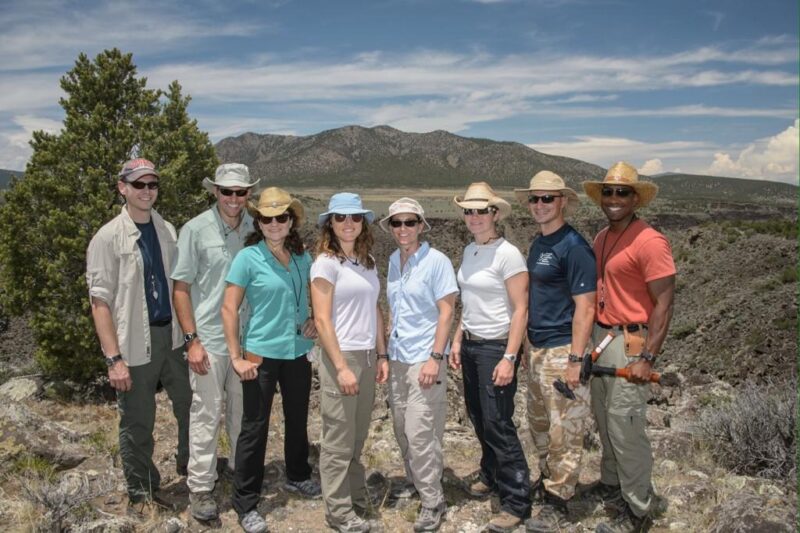
Lunar scientists have lofty dreams for the Artemis program. The Apollo missions visited just six sites on a world with a surface area equivalent to the continent of Africa. They were unable to access the majority of the Moon’s most fascinating locales due to engineering constraints and a lack of high-resolution orbital imagery. As it will place trained geologists directly on the lunar surface, Artemis will be exponentially more efficient than traditional rover missions [3]. However, it is commonly assumed that the program will not conduct meaningful science until Artemis 3 lands on the Moon. Given the uncertain development schedules for that mission’s lunar lander and EVA suits, its launch could be several years in the future. Petro and Young hope to bridge this gap with their Artemis 2 science plan. During the briefing, Petro stated, “We don’t know the exact trajectory. We don’t know the exact timing yet. But we are working with the Mission Operations team to start planning an observation campaign.”
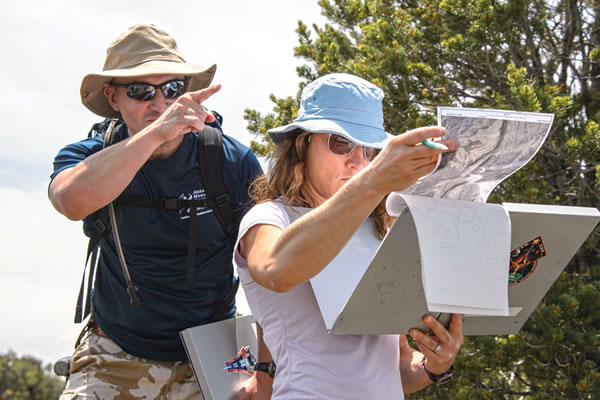
The scientific objectives proposed by Petro and Young stem from the mission’s unique trajectory. Artemis 2 is, first and foremost, a test flight. To protect the safety of astronauts Reid Wiseman, Victor Glover, Christina Koch, and Jeremy Hansen, the Orion spacecraft will follow a free-return trajectory. Like Apollo 13, Artemis 2 will fly by the Moon, using its gravity to slingshot back towards Earth without firing its main engine. However, whereas the Apollo missions barnstormed above the lunar surface at altitudes below 150 miles, Artemis 2 will be a comparatively distant 6,500 miles above the lunar surface at closest approach. According to Young, the difference between the two trajectories is defined by the need to “test critical systems related to SLS and Orion.” [4]. She may be referring to Artemis’ relatively leisurely five-day coast to the Moon, and the capsule’s lower velocity as it approaches the lunar surface. Compared to Apollo, Orion needs a smaller gravity assist to bend its trajectory back towards the Earth. Hence, it follows a more distant trajectory to reduce the impact of the Moon’s gravity.
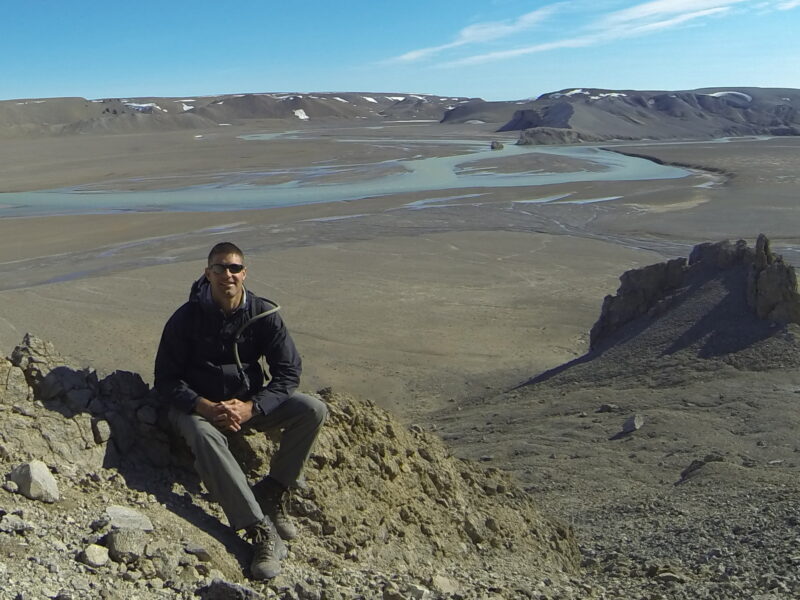
“The basis of our science plan, at present, are crew observations,” said Petro. As AmericaSpace learned from Orion Crew Systems Integration Manager Jason Hutt, Wiseman’s crew will need to live within a relatively small volume. There is not enough room for large scientific instruments, but Orion will carry a suite of high-end Hasselblad and Nikon digital cameras. The photographs captured by these cameras will be crisper than all previous images captured by spacecraft which observed the Moon from similar vantage points.
Some readers might ask whether any useful information can be gleaned from these observations, given the panoply of lunar data which are available in the public domain. The highest-resolution images of the Moon were captured by the Lunar Reconnaissance Orbiter (LRO), which has been operating since 2009. Its elliptical orbit carries it as little as 12 miles above the lunar surface, and its telescopic camera can capture images as small as 4 feet (1.2 meters) in diameter. The Artemis 2 images will not match LRO’s photographs in terms of resolution. However, they are valuable in their own right due to the unique view which the astronauts will see. LRO’s camera captures narrow swaths of terrain which are just 1.5 miles (2.46 km) wide. As Petro explained, Wiseman, Glover, Koch, and Hansen will have a very different perspective. “For the first time – potentially – we will have the opportunity for whole-disk far side views.” During their closest approach to the Moon, the crew will be able to see and photograph the entire far side of the Moon in one frame.
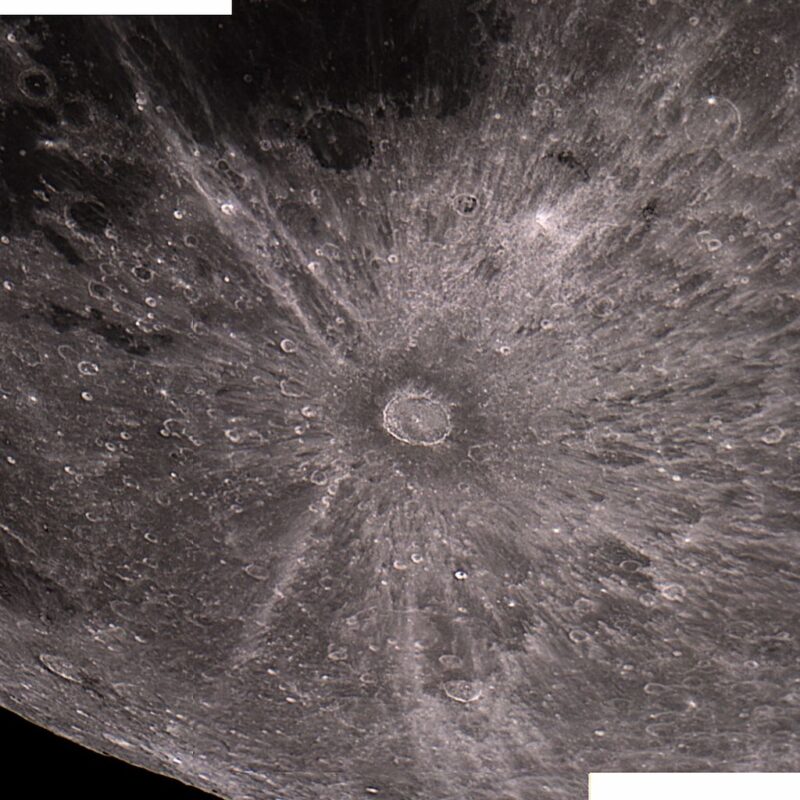
The Artemis 2 lunar images will fill a unique niche. In particular, they will yield valuable information on young, recent impact craters. “Particularly under high-illumination conditions, there are a number of albedo features which we could observe,” said Petro. “Obviously, we can see the extensive ray systems, bright lunar features, of course color differences are going to be a fundamental question that we will ask them to observe.”
Large, young impacts deposit bright rays of material which extend away from the craters themselves. The rays are comprised of bright material excavated from the lunar crust, as well as smaller secondary craters created by large boulders exhumed by the main impact. Over time, rays are mixed into the underlying regolith and grow to match its color. Most craters older than a billion years in age lack them entirely. The ray systems can also be quite extensive. The most famous young lunar crater is Tycho, located in the Moon’s southern hemisphere. Debris excavated by the impact were found at the Apollo 17 site, 1,350 miles (2,200 km) away.

The ray systems of craters on the lunar nearside, such as Tycho and Copernicus, have been mapped by astronomers on Earth. In contrast, the far side’s young impact craters remain poorly understood. LRO images do not cover enough area to map their ray systems, and the Apollo Command Modules flew in low-altitude equatorial orbits which did not pass over the majority of the lunar surface. Rays are also difficult to map because they are only visible when the Moon’s disk is fully illuminated from the perspective of the observer (for those of us on Earth, we see this phase during a full Moon). Rays are incredibly reflective, but only when the Sun is directly overhead.
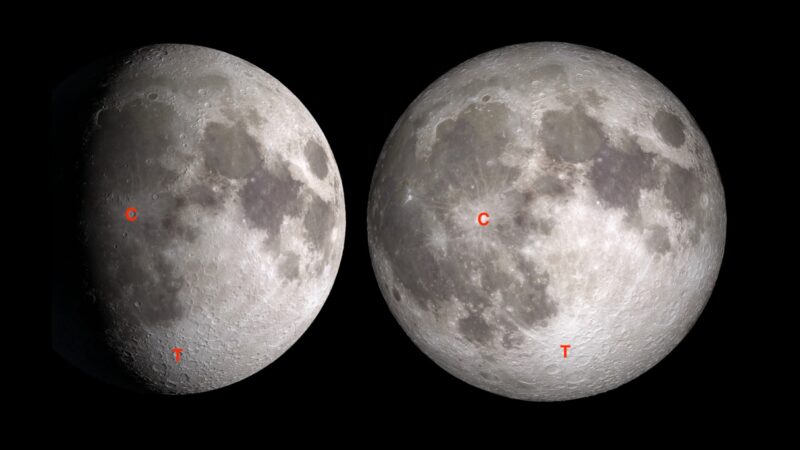
Readers are encouraged to demonstrate this theory by performing a simple experiment at home. Observe the Moon during its waxing gibbous phase, as the Sun is rising over Tycho crater. A few days later, observe it while it is full. Tycho’s ray system will be inconspicuous during your first observation, but it will be spectacularly visible with the unaided eye during your second. Young and Petro hope that the Moon will be fully illuminated as Artemis 2 flies by, allowing the crew to capture images which scientists can then use to map the ray systems on the far side of the Moon.
Likely targets include the craters Jackson, King, Krookes, Necho, and Pierazzo. Each impact’s ray system extends for dozens, if not hundreds, of miles. However, the most fascinating crater on the far side of the Moon is Giordano Bruno, which is less than four million years old. In geological terms, it might as well have formed yesterday. Some geologists and historians theorize that a group of five English monks may have observed the plume from the impact in 1178. However, others argue that they just saw a meteor disintegrating in Earth’s atmosphere.
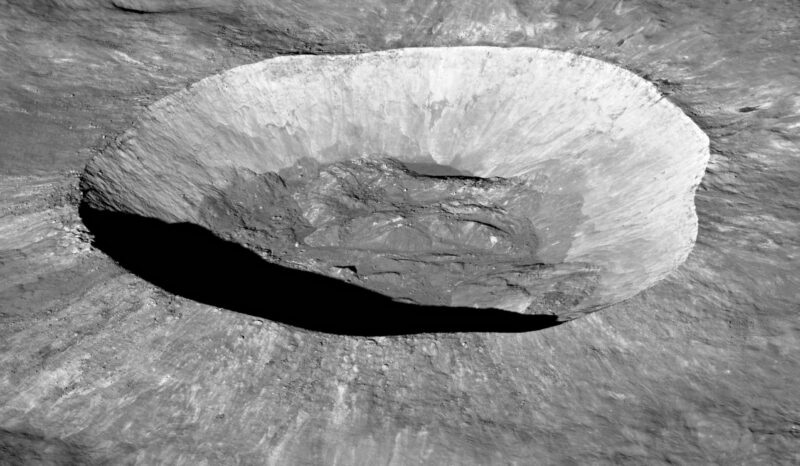
Artemis 2’s images of the impact rays on the Moon will be valuable for several reasons. In the near term, they will aid NASA as it attempts to select landing sites for Artemis 3 and subsequent missions. Fresh craters can excavate material from deep within the lunar crust, and impact ejecta can be used to measure the age of the event which excavated it. If a ray crosses one of the candidate Artemis 3 landing sites, it could augment the mission’s science return. Additionally, the distribution of the rays can be used to determine the angle at which an impactor collided with the Moon. In addition to being interesting in its own right, this information could inform NASA planning exercises which aim to predict the damage caused by an incoming asteroid. During these events, the Planetary Defense Coordination Office orchestrates a simulated evacuation from the area which would be damaged by ejecta. The implementation of such a response would rely upon an ability to predict the pattern of ejecta produced by the impact.
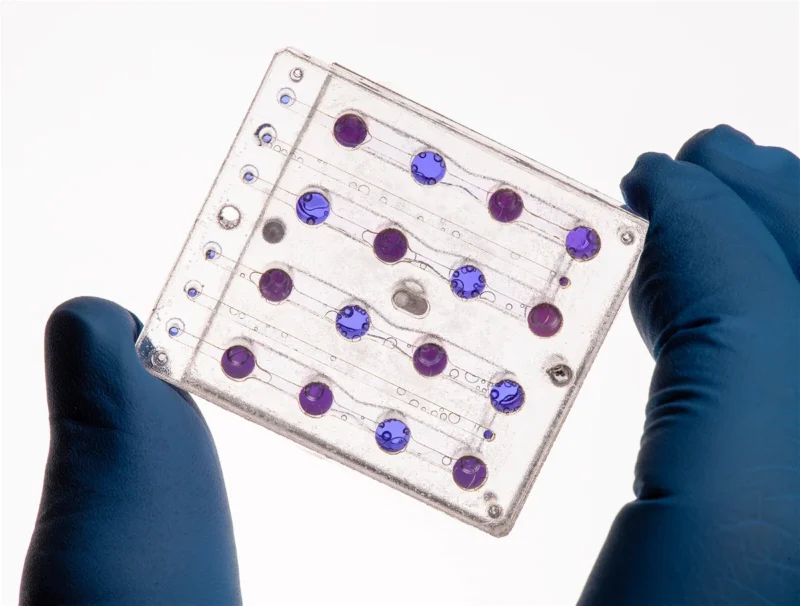
A different set of investigations will lay the groundwork for future Artemis missions. According to Kelsey Young, “Space biology payloads are currently in review by Orion.” During Artemis 1, the capsule carried a suite of radiation sensors and the comprehensive Biology Experiment-1 payload. Artemis 1’s biology package studied the effects of cosmic radiation on yeast, green algae, fungi, and the seeds of five tree species. Similar specimens might be carried on Artemis 2. Through these experiments, NASA is studying how deep space travel affects the human body, particularly DNA.
Finally, Artemis 2 will be used to test the suitability of a new astronaut training plan which NASA hopes to use for missions to the lunar surface. “We did have about 48 hours of Lunar Fundamentals training time spent with the Artemis 2 crew,” said Young. “We expect some additional training opportunities prior to flight once we understand the exact trajectory and the detailed observations are that we are going to ask them to address.” NASA’s Lunar Fundamentals course is intended to provide Artemis crews with a comprehensive understanding of lunar geology. If astronauts travel to the lunar surface with this knowledge, they will be able to make independent decisions and maximize their efficiency during EVAs.
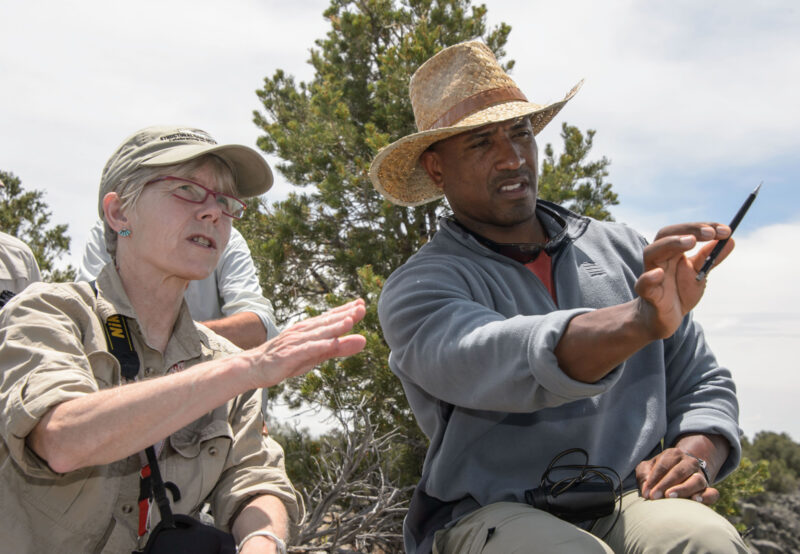
NASA’s approach to Artemis geology training includes an introductory course which astronaut candidates receive immediately after their selection, as well as refresher training to maintain their proficiency [5]. The Artemis 2 astronauts are pioneering the third and final phase of the Lunar Fundamentals course, which consists of mission-specific training. Like the Apollo crews, they received a combination of lessons in the classroom and in locations which are analogous to lunar terrain, such as Meteor Crater in Arizona. When Wiseman, Glover, Koch, and Hansen fly by the Moon, they will offer feedback on how well their training prepared them for studying the unfamiliar and rugged lunar surface. Their feedback will help NASA improve the process before they send astronaut-geologists to the surface of the Moon.
Young believes that Artemis 2’s greatest legacy will be establishing a precedent for future missions. “This (mission) is important from the perspective of integrating science into the mission planning process and into the mission objectives and prioritization process.” NASA’s human exploration and planetary science communities have historically operated independently of each other. Artemis is aligning their interests for the first time, and both groups recognize that they will need to work collaboratively to take advantage of the opportunities which it presents. By incorporating scientific research into Artemis 2, scientists and engineers will be able to develop a common operational language and an understanding of each other’s’ goals. This collaboration will be carried forward into future missions, allowing them to make groundbreaking discoveries while not compromising the all-important objective of crew safety.
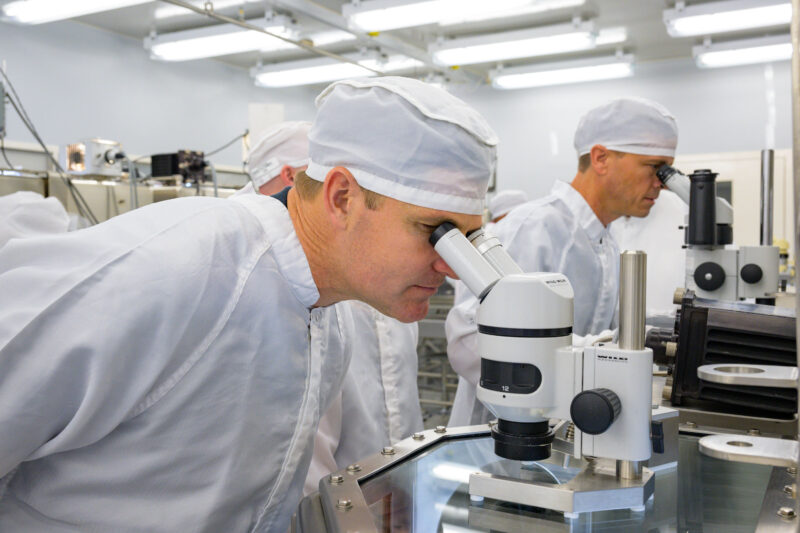
We are returning to the Moon to reveal how Earth evolved to be a haven for life in the midst of a hostile universe. Artemis 2 will be a small yet significant step on the path towards this goal. Kelsey Young and Noah Petro’s science plan offers a glimpse of what the mission will accomplish. Their passion for lunar science is shared by the men and women who they are training. According to NASA’s Cynthia Evans, “Reid Wiseman said, ‘I want to be able to walk down the hallway and talk to anyone in the crew office about the Moon. We need to know about the Moon.’” [5] Along with complementary robotic missions such as Mars Sample Return and Europa Clipper, Artemis will usher in a golden age for planetary science. These discoveries will begin next November with Artemis 2.




